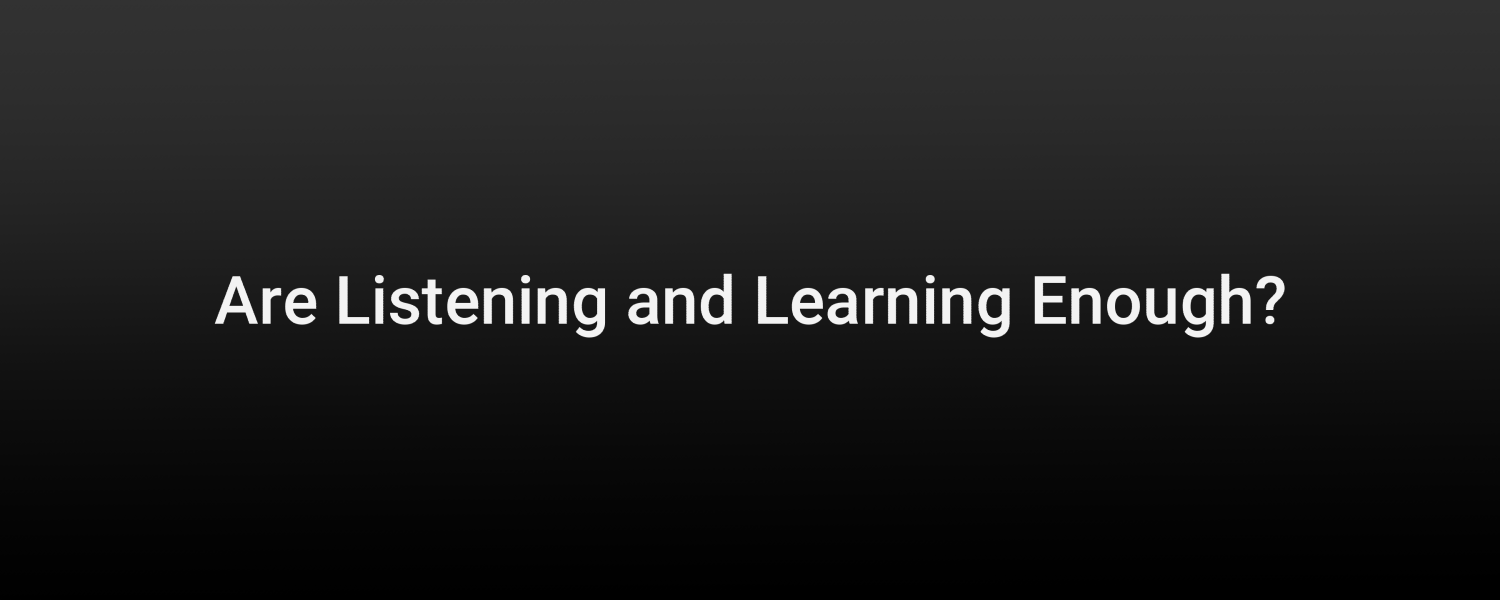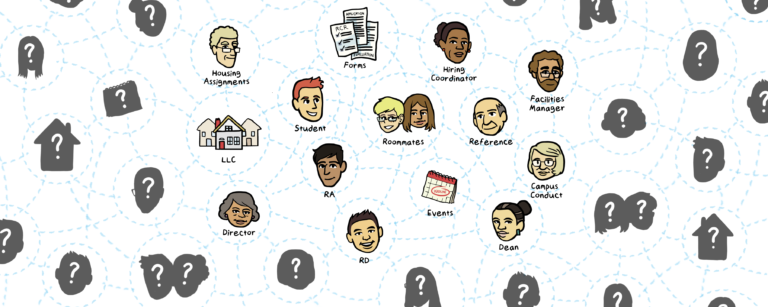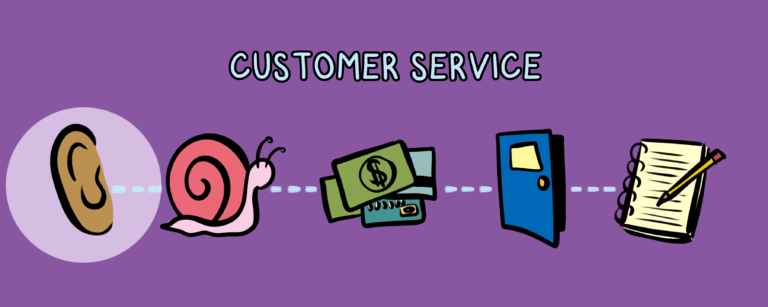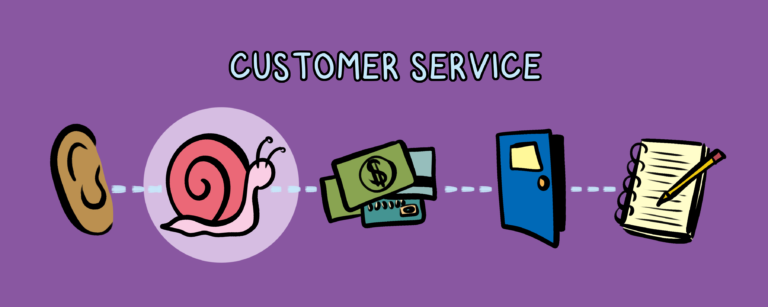
Written with Tiffany Mintah, Associate Director, University of British Columbia.
This article was originally published in the ACUHO-I Talking Stick, found here.
Oh hey. Welcome to the community.
As a series of events unfolded across the United States and the world, a number of individuals and institutions responded with an expressed renewal of their commitment to racial equity. These have taken on a variety of forms, with the phrase “listening and learning” emerging as an oft-repeated mantra for white allies. Books on racism and anti-racism topped the best-selling charts while messages from Black voices circulated heavily on social media platforms. In order to truly move forward in a socially sustainable way, there will need to be an honest debate over a host of related issues. Yes, listening and learning are important and necessary steps, particularly in higher education where life-long learning is a shared value. However, focusing exclusively on listening and learning continues a problematic pattern of situating people of color as the sole guardians of race knowledge. Plus, it keeps white allies in a passive role when it comes to taking action for sustained systemic change on our campuses. So, is it enough to listen and learn?
There is little doubt that many white professionals in higher education believe they understand how to address issues of diversity on campus. Those staff who work in residence life may have the best intentions. They can try to be inclusive and consult colleagues when looking for guidance or trying to verify they are doing the right thing. When it comes to issues of race, that has often meant looking to colleagues and students of color. But what is the impact or cost of such consultation and when does one person’s consultation become another person’s burden?
A number of studies that explore engagement with race and privilege in higher education highlight how this overemphasis on listening and learning can impact racialized staff and faculty in predominantly white institutions. BIPOC (Black, Indigenous, people of color) staff and faculty are often burdened with the responsibility of speaking on behalf of their communities. For example, The Equity Myth, a nationwide study of race and equity in Canadian universities, identified that for many racialized faculty and staff being the only, or one of very few people of color in a particular department means those few individuals are frequently relied on to provide the diversity perspective. The challenge is that talking about race and racism can be emotionally costly to people of color.
Reni Eddo-Lodge, in her book Why I Am No Longer Talking to White People About Race, describes the hard work and self-censorship required for BIPOC to communicate a difficult message across without appearing to implicate any specific white person in the role they play upholding systems of racial oppression. Engaging with issues of race and privilege can be exhausting for racialized staff and faculty and yet, as the equity-seeking group, many BIPOC professionals feel an obligation to step into those conversations and initiate change. It is imperative that white colleagues also engage actively in critical race dialogue and take action for change.
Even in cases where white colleagues are willing to lead efforts, there may remain potential pitfalls. No matter how much one may read and educate themself about issues of race and equity, they may be nervous to voice incorrect opinions in their effort to engage in meaningful dialogue. However, there are ways to apply knowledge gained from listening and learning and turn it into action.
One approach is to acknowledge that when it comes to racism, there likely have been mistakes made and those mistakes caused harm. Identifying and reflecting on past mistakes—and not only hypothetical issues—will help ensure they are not repeated. In addition, higher education professionals should take an honest look at student data around race and the effect of engagement efforts on campus. Are there differences in the impact or outcomes for BIPOC students when compared to white students? If so, campuses need to do more work to determine why that is happening. Finally, campuses should be bold and report back to stakeholders about racial inequities and the changes being made to address these concerns. This action may include reevaluating assessment plans to ensure that race is a factor.
Additionally, campuses should work to increase racial diversity among staff and faculty on campuses. Even if the effects of the COVID pandemic will impact staffing across campuses, it remains possible to look critically at recruitment strategies and hiring practices. Do job postings attract a diverse candidate pool? Are BIPOC candidates proportionally successful in the hiring processes? Are the retention rates of BIPOC staff and faculty similar or equal to that of white staff and faculty? An examination of these questions will point to structures, systems and approaches that need to be changed to establish and sustain racial equity within departments.
It’s important to learn about issues of racial inequality, privilege, and how they affect the students, staff, and faculty at an institution. It’s important to listen to the opinions and experiences of BIPOC colleagues and make space for them on a team. Learn and listen are good first steps, but be sure to follow up with thoughtful action. Sustainable action and continued dialogue are essential next steps in the commitment to racial equality.
Welcome to the community. We’re glad you’re here.
Tiffany Mintah is the Associate Director Strategic Initiatives and Staff Development with Student Housing at the University of British Columbia. Cate Morrison is the Director of Client Engagement at eRezLife Software. The authors believed it important to note that this was written by both a Black woman (Tiffany) and a white woman (Cate) as it informed their work. Tiffany’s research interest include critical race theory, conflict engagement, and leadership studies and she recently presented on Race, Power, and Privilege at the ACUHOI Academic Initiatives Conference on this topic.






